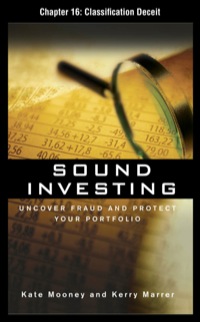Question
Technovia, Inc. has two divisions: Auxiliary Components and Audio Systems. Divisional managers are encouraged to maximize return on investment and EVA. Manages are essentially free
Technovia, Inc. has two divisions: Auxiliary Components and Audio Systems. Divisional managers are encouraged to maximize return on investment and EVA. Manages are essentially free to determine whether goods will be transferred internally and what internal prices will be. Headquarters has directed that all internal prices be expressed in a full cost-plus basis. The markup in the full-cost pricing arrangement, however, is left to the discretion of the divisional managers. Recently, the two divisional managers met to discuss a pricing agreement for a subwoofer that would be sold with a personal computer system. Production of the subwoofers is at capacity. Subwoofers can be sold for $32 to outside customers. The Audio Systems Division can also buy the subwoofer from external sources for the same price; however, the manager of this division is hoping to obtain a price concession by buying internally. The full cost of manufacturing the subwoofer is $20. If the manager of the Auxiliary Components Division sells the subwoofer internally, selling and distribution costs of $8 can be avoided. The volume of business would be 250,000 units per year, well within the capacity of the production division. After some discussion, the two managers agreed on a full cost-plus pricing scheme that would be reviewed annually. Any increase in the outside selling price would be added to the transfer price by simply increasing the markup by an appropriate amount. Any major changes in the factors that led to the agreement could initiate a new round of negotiation; otherwise, the full cost-plus arrangement would continue in force for subsequent years.
REQUIRED
1. Calculate the minimum and maximum transfer prices. [Hint: You do not need to use the general formula to calculate the minimum transfer price]
2. (i) Calculate the transfer price assuming that the transfer price agreed upon between the two managers is halfway between the minimum and maximum transfer prices calculated in (1) above.
(ii) Calculate the full cost-plus transfer price that would represent this transfer price in 2(i).
3. Assume that in the following year, the outside price of subwoofers increases to $34. What is the new full cost-plus transfer price? [Hint: Recalculate the new minimum and maximum transfer price] (8 marks)
4. Assume that two years after the initial agreement, the market for the subwoofers has softened considerably, causing excess capacity for the Auxiliary Components Division. Would you expect a renegotiation of the full cost-plus pricing arrangement for the coming year? Explain.
Step by Step Solution
There are 3 Steps involved in it
Step: 1

Get Instant Access to Expert-Tailored Solutions
See step-by-step solutions with expert insights and AI powered tools for academic success
Step: 2

Step: 3

Ace Your Homework with AI
Get the answers you need in no time with our AI-driven, step-by-step assistance
Get Started


